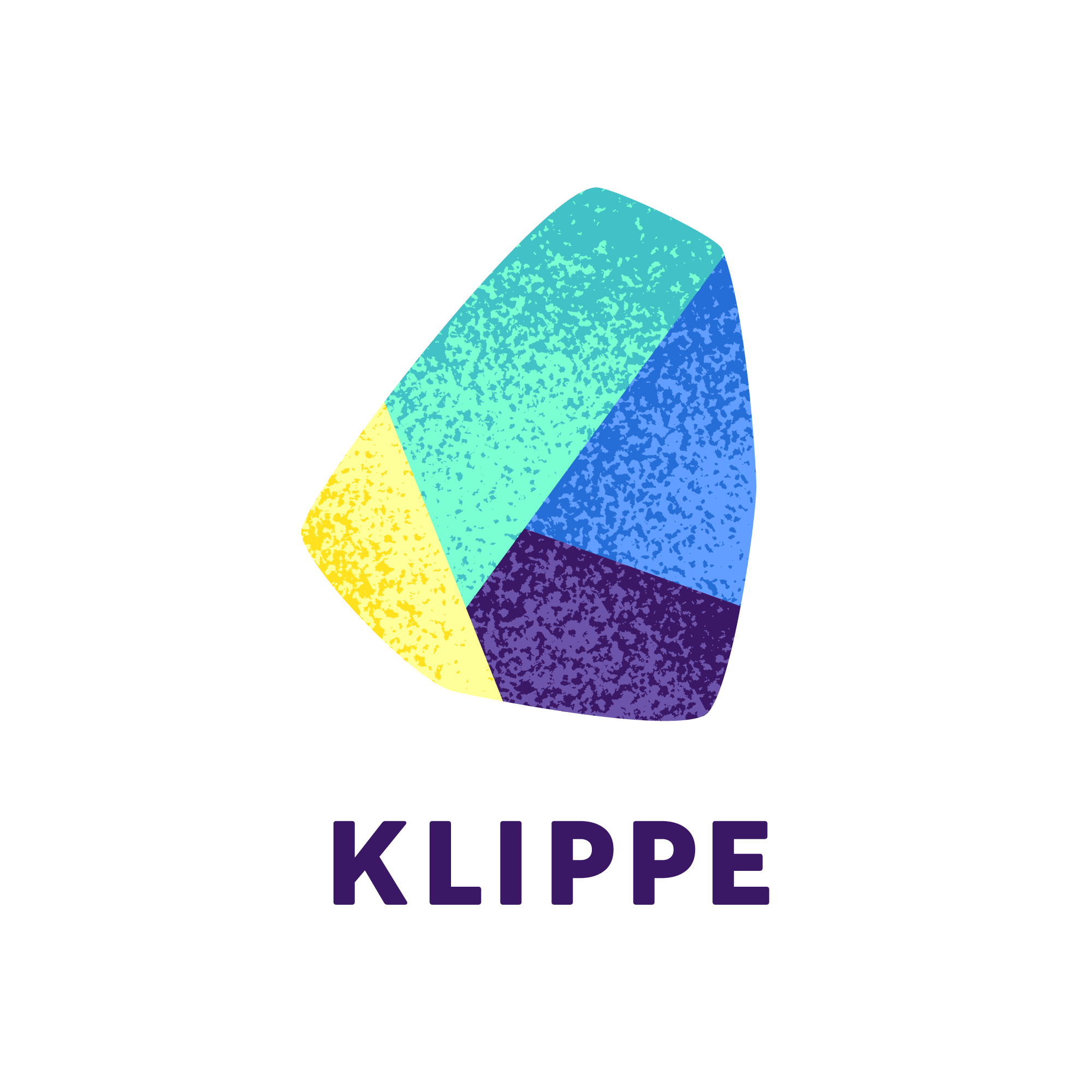Gamification is the use of tools known from games in e-learning. The aim is to increase course participation and student engagement. It is not a difficult task to introduce its first elements, which can quickly improve the results. Gamification makes e-learning more enjoyable and easier to consume, so students can learn the course material with greater enthusiasm and efficiency. In this Journal post, we give you tips for gamification tools and help you get started.
Advantages of Gamification
According to research, students only remember a small part of read material. This improves significantly if you present them the curriculum verbally and with visual aids, but the best results are achieved if they themselves become an active in the education. This is where gamification helps.
When we talk about gamification, we don’t just mean quizzes or polls. Gamification can be as simple or as complex as you want, from quizzes to scenario-based simulations. The goal is to involve the students as successfully as possible in the learning process, so that the training grabs and keeps their attention and becomes an experience for them. This is good for attendance rates and helps the thorough learning of the course material as well. Of course, making a learning program fully gamified is often not easy, it takes a lot of work and expertise to be able to create courses that work well, and even build on each other.
Another advantage may be that for organizations that often need quick and up-to-date information about the theoretical or practical knowledge their employees have, gamified task assessments can provide a snapshot.
A well-known example of gamification is the language learning app Duolingo. In Duolingo, you can earn points by completing short lessons, which you can use to open new levels, so language learning becomes a fun process – while it used to be hated by many.


The Best Software for Developing your E-learning Curriculum
E-learning-based learning is an experience for learners and increases efficiency if the learning material can be presented in the right format. But how is e-learning curriculum created? Can I create one? What software can I use when I start to create a learning material?
READ MORE!Gamification Tools
Of course, gamified e-learning is usually not a full-fledged video game (although it can even be!). Look for game elements that make the learning experience attractive, motivating or more effective. As a flexible concept, gamification offers many possibilities. You should choose the elements that best suit your learning goals.
The curriculum can be built around a story that makes the users part of the plot. Done right, it’s a great way to create engaging content and keep your students engaged.
Having a character or avatar for students to choose from can make learning a more engaging experience. Their avatar helps them immerse themselves more in the game and in the courses. A character that can stay in the game for years can be very useful if the members of the organization need continuous training.
Encouraging users with rewards such as points, badges, play money or continuous unlocking of new levels can increase their motivation and engagement. You can even reward students for logging into the e-learning system or for watching videos.
You can enable users to compete as a team or individually with each other, the software or even themselves, which can be a motivation for continuous good performance. Leaderboards can serve as a visual representation of students’ performance. But it is of crucial importance that no one should feel to be a constant loser because it will have a counterproductive effect.

Shaping the future: AI in education
Artificial intelligence solutions have a prominent position among emerging technologies. These rapidly developing disciplines promise a vision of the future in which many tasks traditionally performed by humans can be automated: with their help, we can reduce human burdens and embark on the path of development. But how does AI appear in education?
READ MORE!Users receive a task and tools to complete it. If the student’s solution does not work and the task cannot be completed, it is allowed to try again, and in case of success, new tasks can be given. It can also be a good challenge to beat a fellow student in a particular task.
Be careful about time limits. If their importance is overestimated, learning can become very stressful. But time limits can help a lot in engaging students and with their help they can better perceive their own development. Completion within the given time limit should be rewarded.
With instant feedback, users know what they’ve learned and, more importantly, what’s next. This improves their engagement.
Gamification using virtual reality (VR) and augmented reality (AR) is a great way to teach dangerous situations without the students having to take a safety risk. Soon VR and AR may also become an everyday part of e-learning. These two types of gamifications place the user in a completely different environment (VR) or augment their environment (AR), creating training simulations and problem-solving situations.
How to start gamification?
The success of gamification in e-learning largely depends on the prior planning. It is therefore very important that you start gamification with a well thought out strategy.

Determine your learning goal and a time frame for achieving it!
What kind of practical or theoretical knowledge do you want to give to the students, and how much time do you have? The first important step is to clearly define the goals related to the training and the time frame necessary for their implementation.
Figure out how you will measure your progress!
It’s important to find effective ways to track progress. These indicators can be visible to students as part of the game or only available to administrators.
Understand the players!
Will players play the game the way you intended? Are they going to achieve the desired results? It is worth testing your developments in advance to see how well they work as a game and how well they help you learn the material. If students are not participating as expected, you need to understand the problem and redesign the game.
Take the time to play!
The effectiveness of gamification depends on the number of people who actually use it. Give students time and space to interact with the game, let them immerse. During playing, they shouldn’t be worried about other deadlines.
Create a community for longer games!
Do your players communicate outside the game as well? This is especially important if the game is designed for the long term. Use online forums and face-to-face meetings to keep long-term interest and high-level engagement.
Do you need help?
If you would like to start building bite-sized learning, but you are not sure whether it is worth starting, contact us and we will help you choose the best solution. Do so, even if you have limited resources, because a lot of work and cost can be saved with an expert’s help!
If you found this article useful, follow us on Facebook or LinkedIn, to keep up with the latest articles!
Contact us via form, phone or e-mail. Details below! ⬇️
Who are we?
We have been providing digital training, creating complex e-learning materials and implementing systems for 10 years. We are digital education experts and software developers, we follow trends and offer innovative solutions in our learning materials and systems.
Klippe Learning’s team will create the digital teaching and learning solution you’ve been dreaming of, or we’ll dream it for you if you don’t know exactly what you need. Custom content, creative and motivating methods, a platform tailored to you.
Where can you reach us?
To find out more about our bespoke learning materials, e-learning systems, training courses or to request a quote, please contact us:
 contact us via the form on the right!
contact us via the form on the right! or call us:
or call us:
 or send an email:
or send an email:





